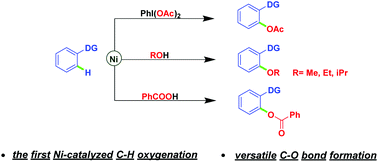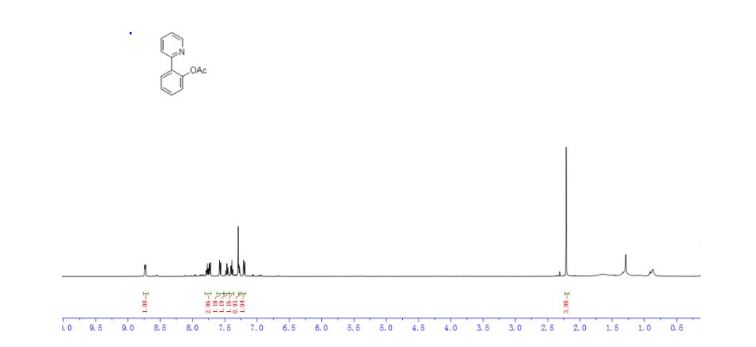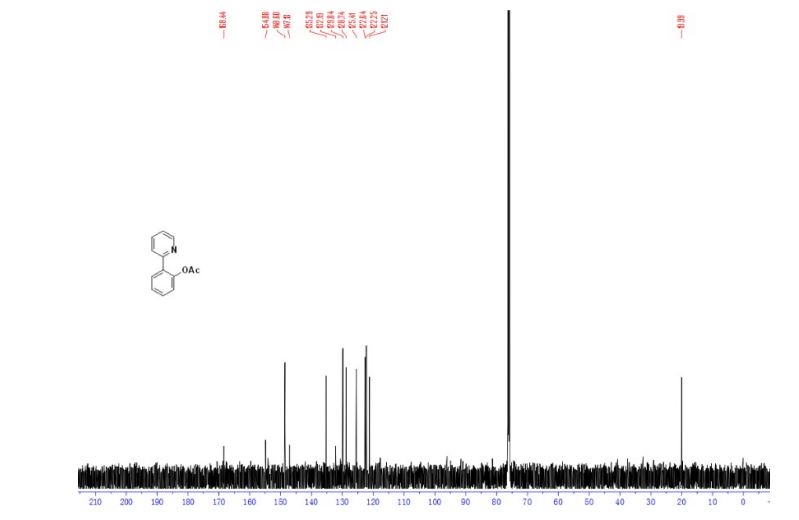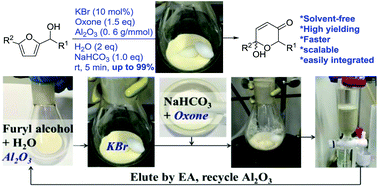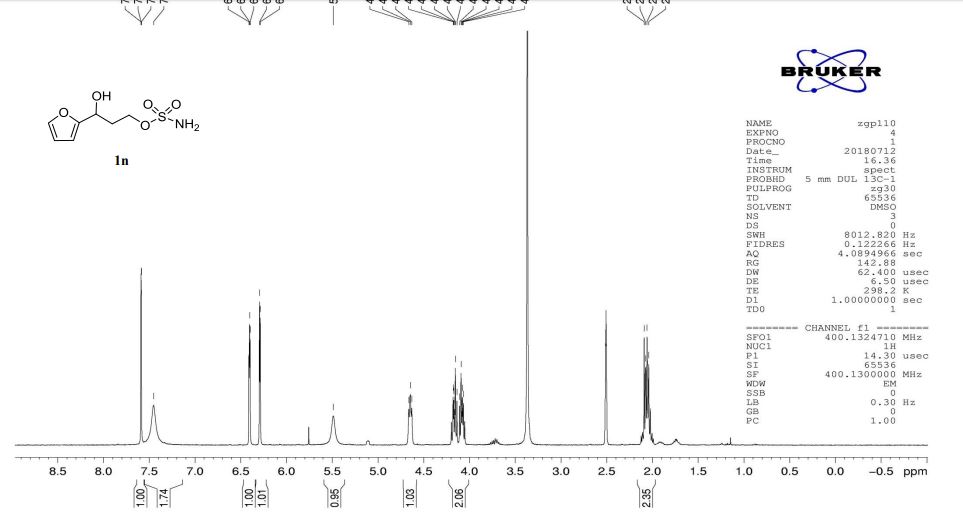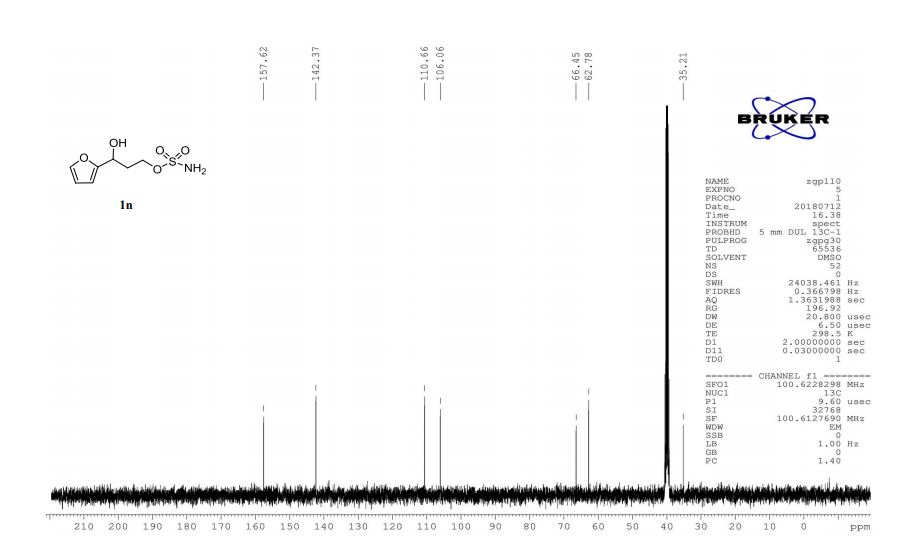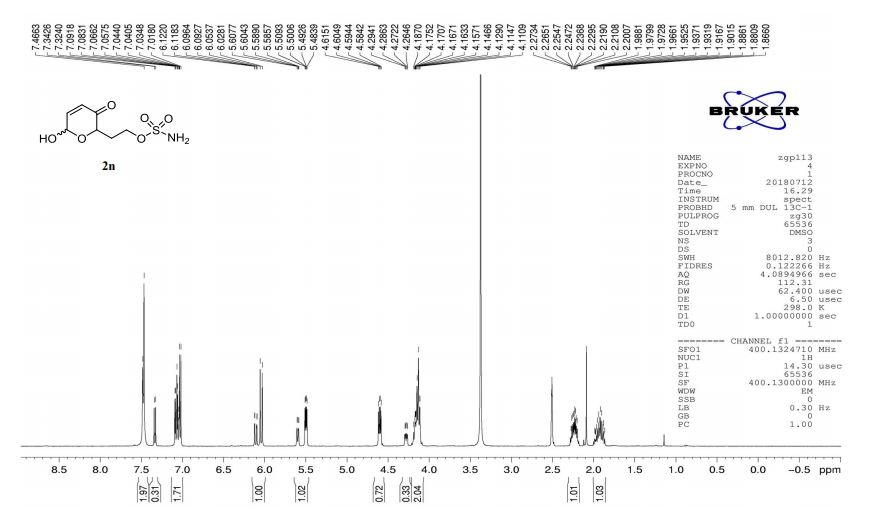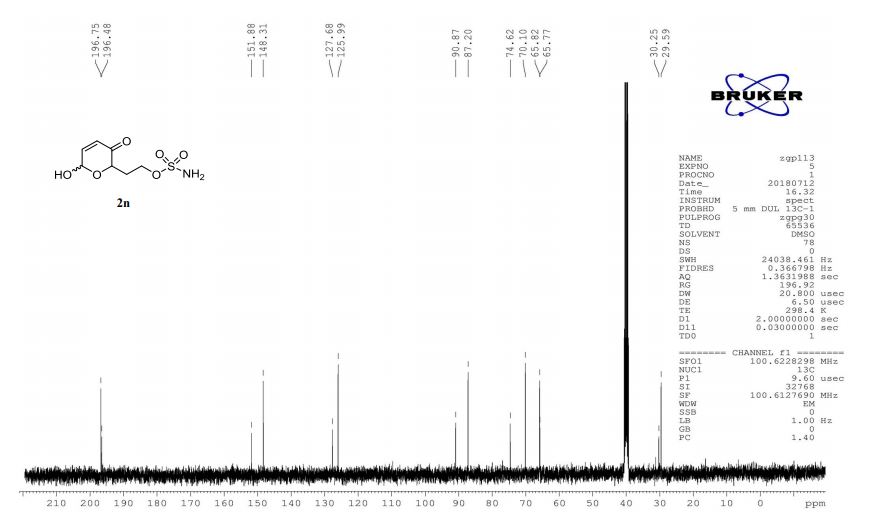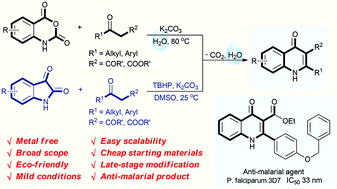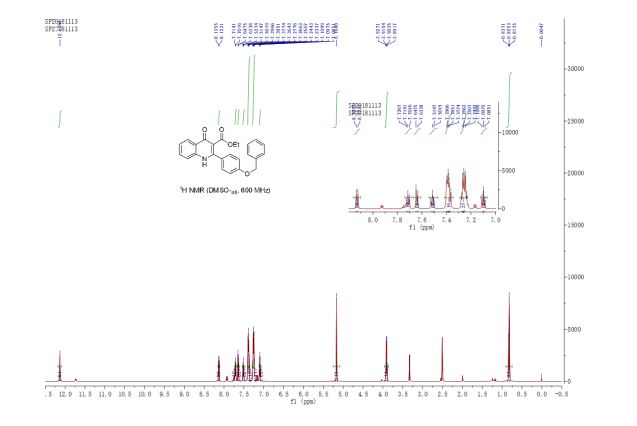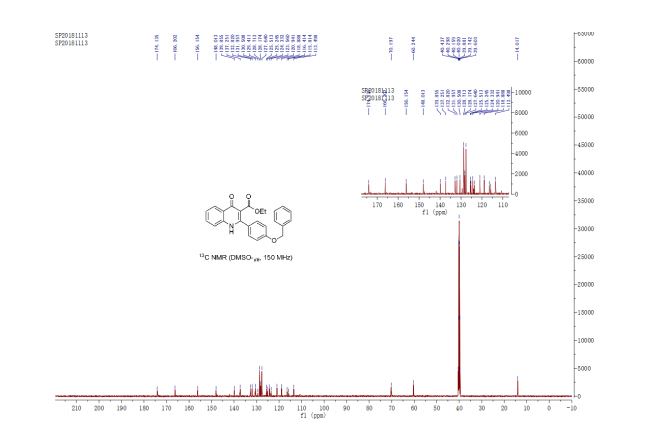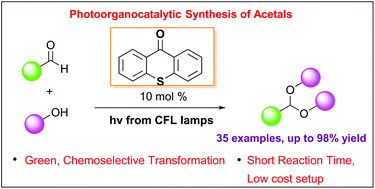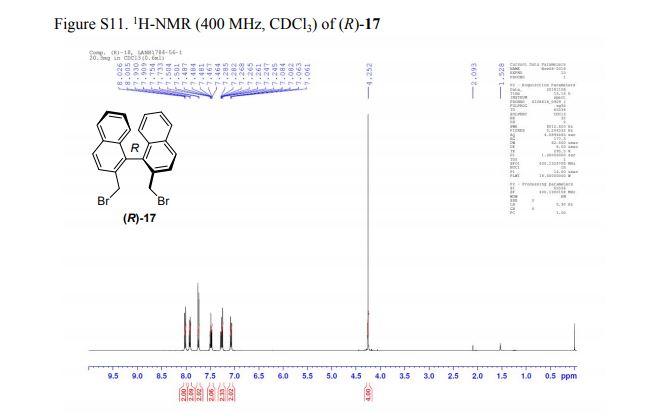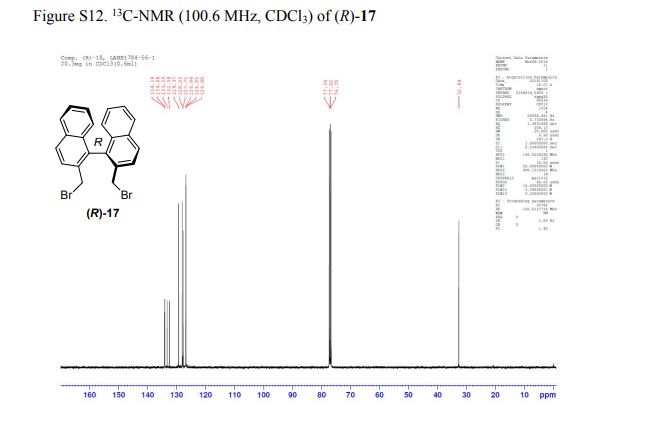Venue at State Animal Husbandry Training Institute , Bhopal, MP, India
We are delighted to have Dr.Anthony Melvin Crasto
Principal Scientist Glenmark Pharma as a “Guest of Honor ” at the 1st Pharma Conference on Pharmaceuticals -bench to bedside : challenges,recent initiatives and Future advancements in the Month of May 26th 2019. It will be a huge privilege to have you with us at this national conference.
#PRISAL
It is a Great honour indeed to be at Pharmaceutical Royal International society (PRISAL)
Thanks to Dr Priti Tagde for the honour and an opportunity to visit great city Bhopal MP, India for
1st Pharma Conference on Pharmaceuticals -bench to bedside : challenges,recent initiatives and Future advancements May 26th 2019. Bhopal, Mp, India
link https://www.facebook.com/Pharmaceutical-Royal-International-Society-2323710884572948/

DR PRITI TAGDE
+919098598114
Pharma Ratan Awardee
Outstanding Achievement Award
-
Associate Professor at Bhabha University
others……
Dr. Ranjit Barshikar , QbD international and Quality expert United Nations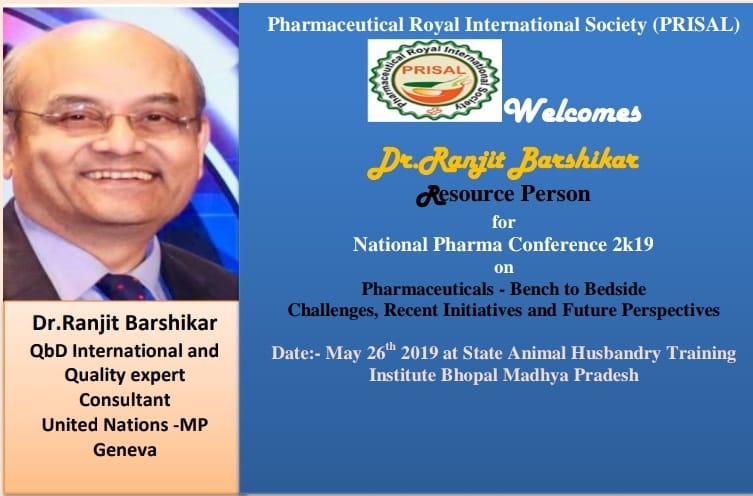
Dr.Rupali Tasgaonkar
Principal Yadavrao Tasgaonkar Institute of Pharmacy
Mr. Sacheen Gandhi Co Founder FHER
Dr.Sidharth Mehan an Associate Professor ISF College of Pharmacy Moga Punjab
Dr.Narendra Joshi Senior Director Laxai Life Sciences
Dr.Murlidhar Ingle Director Adroit Pharma Pvt.Ltd
BHOPAL, MP, INDIA
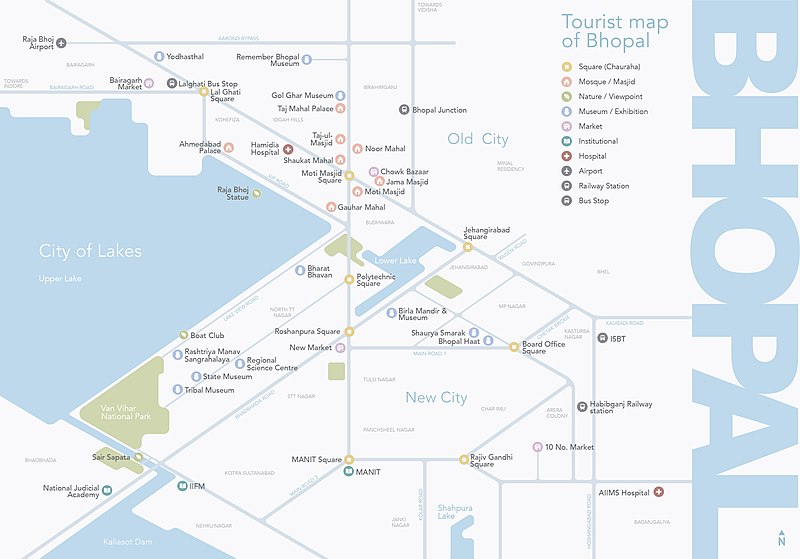
Bada Talaab

Taj-ul-Masajid
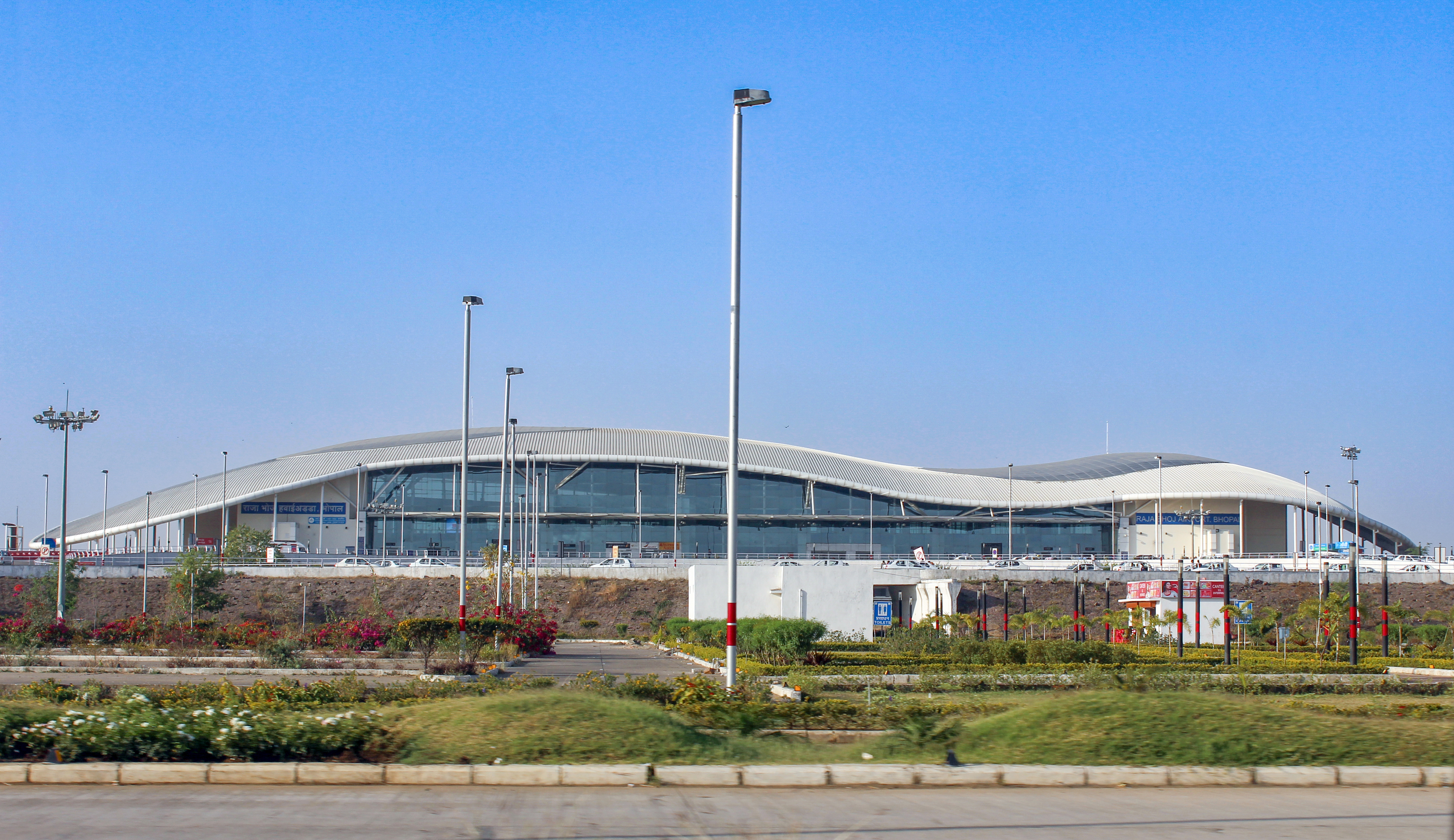
Raja Bhoj International Airport
Taj-ul-Masajid Aerial Photo
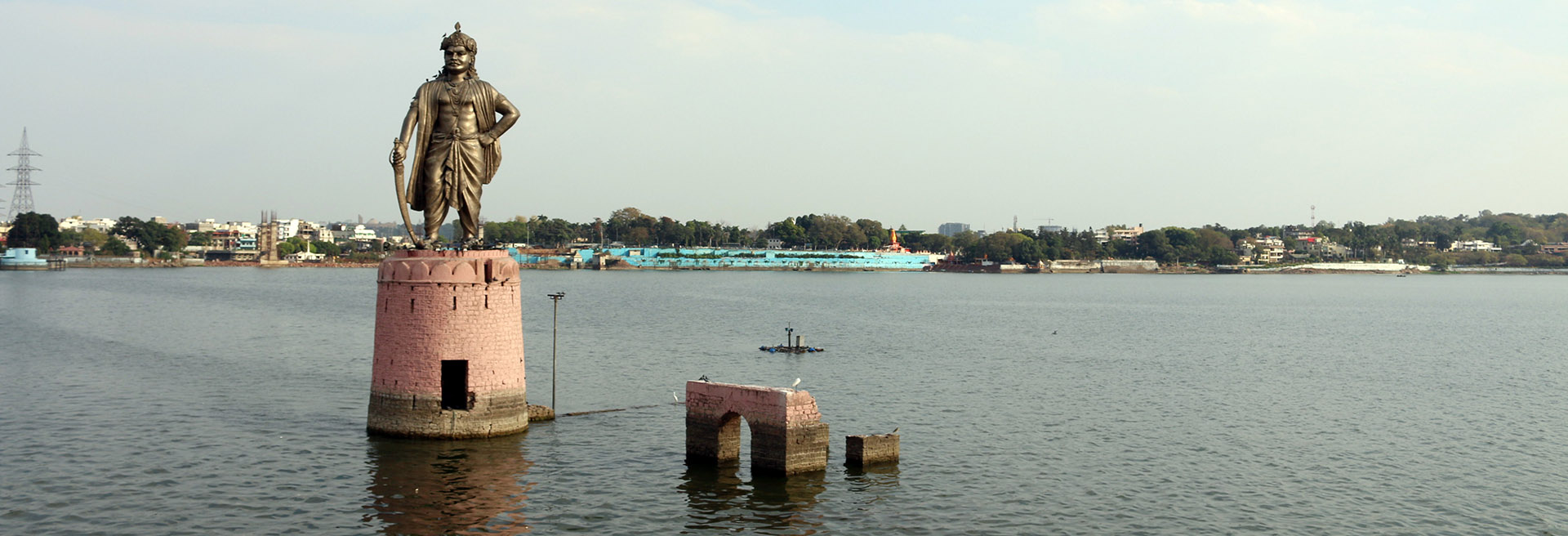

Train installation from Bhopal upper lake
FOOD IN BHOPAL
1. Jamal Bhai Tea Shop
Suleimani Chai is a special variety of tea that offers a fine balance of flavors, with a hint of sugar and salt. Served with a generous dollop of cream, it is sure to intrigue your taste buds and open your senses to a new day. This type of tea is offered in several parts of India, but the variety served in Bhopal is truly unique. And no better place to enjoy this tea, than Jamal Bhai Tea Shop at Itawar Chowk in Old Bhopal. You will know you have reached the right place when you see a large crowd of people sipping tea. The tea is served from a large samovar (something similar to a boiler used in the south). This slightly unusual and salty tea is certain to leave you mesmerized and wanting more.
2. Paya Soup in Chatori Gali
Chatori Gali is to Bhopal what Chandni Chowk is to Delhi, or Mohammed Ali Road is to Mumbai. If you happen to come to this food heaven, you simply cannot miss the mutton Paya soup, lamb slow-boiled in a broth all day long and delicately spiced. Quite unlike the Paya soup found in other parts of the country, the Paya soup served here is quite thick (by use of corn or wheat flour) and is less oily as well. Come sundown, the deliciously thick soup is poured into bowls, and is garnished with lamb shreds, spices and chopped coriander. It serves as a great appetizer, before you embark on a memorable gastronomic adventure in this humble gali.
3. Poha Jalebi at Kalyan Singh’s Swaad Bhandar
If you are in the mood for some vegetarian goodness, the first place you should head out to is Kalyan Singh’s Swad Bhandar. Located on the east side of the Jama Masjid, off Itwara Road, it is always crowded and noisy here. Fresh, hot, moist, light and spicy Bhopali Poha garnished with a generous helping of crispy sev and served with some oh-so-yummy jalebis, it is sure to teleport you to food heaven. Poha Jalebi is the most famous breakfast that can be found all over M.P., but the best is found in Indore. These same Indoris serve this delicacy in Bhopal, making it a sumptuous and memorable breakfast that is light, enjoyable, delicious and easy on the pocket. Wash it down with a piping hot cup of Suleimani chai, and you can face all the troubles of the day head on.
4. Cycle Soupwala and Sagar Gaire Snacks
Bhopal’s famous Cycle Soupwala, located in Number 10, is a real-life rags-to-riches story. The owner of this humble eatery, so named because he sells delicious soup on a bicycle, came to this city from Nepal. He started off by selling three types of soup: tomato, sweet corn and manchow on a bicycle, to satisfy the hunger pangs of students and office-goers alike. His soup stall set him on the path to success and today he owns a chain of eateries in Bhopal, that serve everything from cold coffee to sandwiches, dosas to chole kulche. Neither his soup nor his eateries are something you should miss if you are in Bhopal, and looking for some yummy food.
5. Bade ke Kebab at Jhili Miyaan
After a hard day’s work, if you are looking for something to set your taste buds on fire, Jhili Miyaan is the place to be. Located at the beginning of the Chatori Galli, this tiny shop sells the most amazing melt-in-your-mouth kebabs. Bade ke Kebab are essentially beef kebabs, made from minced beef, marinated all day in a spice mix. The kebabs are then rolled by hand, fried on a hot pan and stuffed inside grilled buns. The entire dish is made-to-order and is always served steaming hot served with a mix of onions, chutneys and chilies. Juicy, succulent kebabs, served with hot buns and a spicy chutney, is sure to melt away all your troubles. You can eat to your stomach’s content but never to your heart’s content!
6. Bhopali Paan
Paan is the traditional Indian way to end a meal in style. It is loved and consumed all over the country, and each region adds its own unique touch to the paan. Bhopali paan is very famous all over the country, and when you are here, this is not something you must miss. It is a pastry made from betel nut, stuffed with chuna, kattha and supari, and a generous dollop of gulkand. Paan-making is considered an art in Bhopal, and is part of the local culture. It is usually consumed as a mouth freshener though people can be found chewing paan throughout the day.
7. Shahi Tukda in Koh-e-Fiza
If all the spicy food is making you nauseous and you need a refresher, Shahi Tukda is what you should have. Indulgence that is easy on the pocket, Shahi Tukda is the perfect sweet treat for you. It is made of fried bread soaked in a decadent custard, and garnished with nuts and spices. Don’t worry if things turn too sweet, that’s how it is meant to be in Bhopal. Koh-e-Fiza is the place to have this rich delicacy.
8. Kebabs at Jameel
After a hard day of shopping and doing touristy things in Old Bhopal, if you are on the hunt for some pet-pooja, head out to Jameel in Ibrahimpura. This is a busy lane in a busy area of the market housing a lot of bakeries, and the food is to die for! Rich succulent kebabs made of chicken or mutton, delicious egg curry and mutton stew ? all at a pocket-friendly price. Delicious food, fast service with affordable pricing, what else is it that you need?
9. Chaat at 6 Number Stop Hawkers Corner
If you are in the newer side of town and looking for some place to appease your taste buds, this one will not disappoint you. The Hawkers corner in 6 Number stop is sure to leave you drooling. Famous for all types of chaat like pani puri, dahi puri, bhel puri and chole tikki, and ice golas and faloodas, for those looking for something sweet, this is the most famous place to grab a quick bite. Special recommendation ? try the samosa kachori chaat. Tangy, tasty, spicy goodness that tickles your taste buds, leaving you wanting more.
10. Raju Tea Stall
Also known as Fareed Bhai’s tea stall, it is hard to come across a Bhopali who has never had tea from this iconic tea stall, which is a landmark in itself. Situated in Old Bhopal near the Peer Gate area, it is the best location to have a cuppa with friends. Enjoy a steaming hot cup of Nawabi tea, which was a favorite of the royals and is famous among the locals, have some piping hot snacks, and just watch the city go by.
11. Barfi Rasmalai at Surendra Jain’s stall
If you happen to be near the Jama Masjid, head over to the chowk adjacent to the masjid to taste something you have probably never tasted before ? barfi rasmalai drona. It is perhaps as whacky as it sounds, and is super-delicious. He takes a drona ( bowl made from dried leaves) , heaps up crushed ice, and then laps it up in a sweet, rich rabri, flavored syrup and rose water. Ice-cold, sweet and delicious, you would want to keep eating more of this wonderful street food. Have a bowlful as a palate refresher before you dig in through all those meat treats in Chatori Galli.
12. Manohar Dairy and Restaurant
If you are in Bhopal, this is one place you absolutely must visit. A landmark in itself, Manohar Dairy and Restaurant has been standing tall since 1970 in Hamidia Road, and has been a witness to the growth of this buzzing city. As they keep adding in new restaurants and introducing a whole new array of dishes, the yesteryear charm is still intact. Two of their must-try dishes are the dahi puri and the chhole puri/kulche ? relished and recommended by generations of Bhopalis for years together.
13. Haji Lassiwala
A rich, decadent shake made from milk and cream, served with a generous helping of glassy, sugary, sweet noodles ? that is falooda for you. To make it even more irresistible, several flavoring syrups, dried fruits and nuts are added. It is a uniquely Indian dish and it is best had after a long post-dinner walk. And the best place to have it is Haji Lassiwala at Itwara Chowk in Old Bhopal. Locals say it is the world’s best falooda, and if a Bhopali says that, it might just be true!
14. Al Beik
This food joint has multiple franchises across Bhopal. An economical substitute to KFC, Al Beik serves mouth-watering Chicken Burgers, Nuggets, Chicken Strips making it a must-visit place for all chicken lovers.
CREDIT
https://www.holidify.com/pages/bhopal-street-food-1506.html
//////////













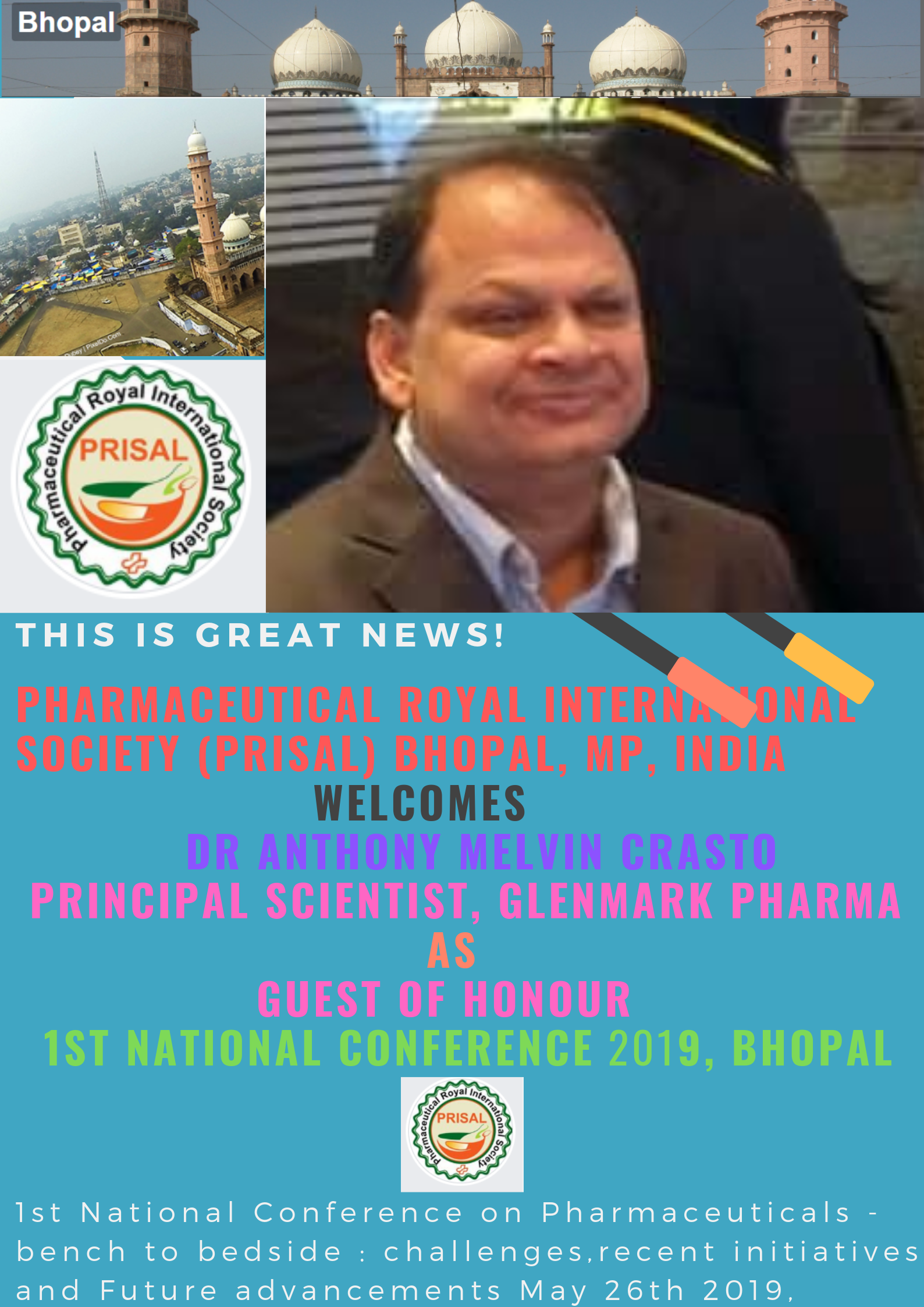

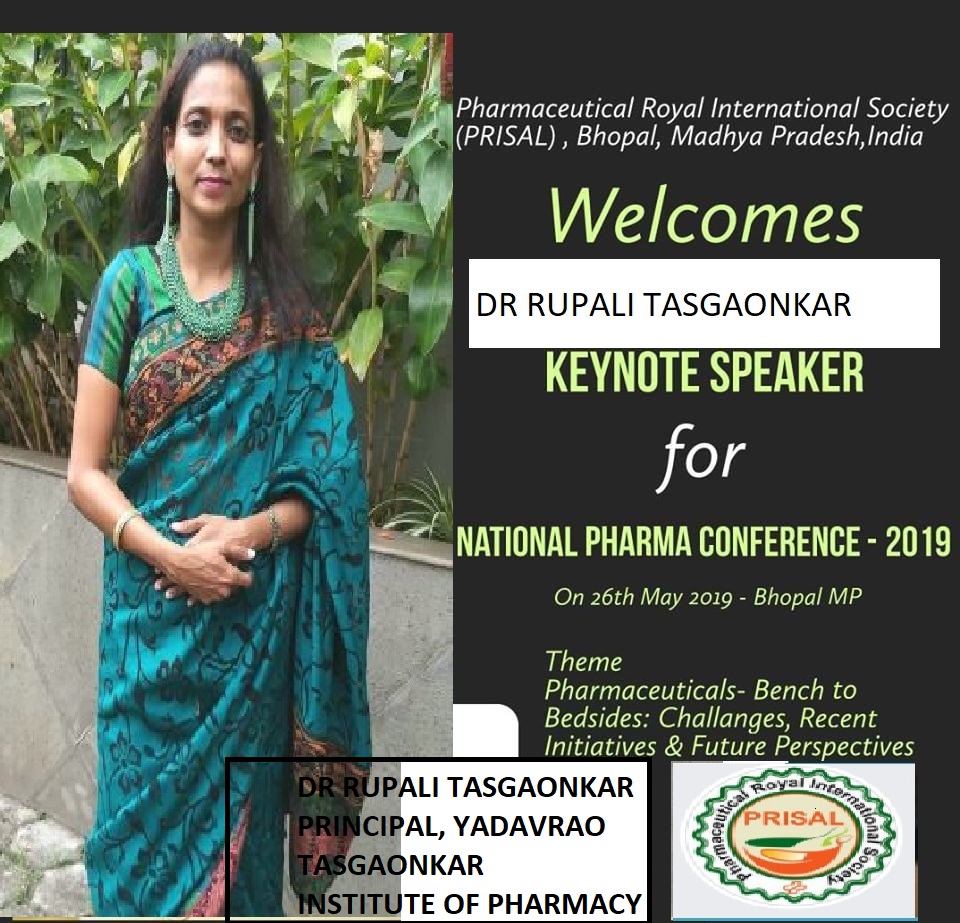
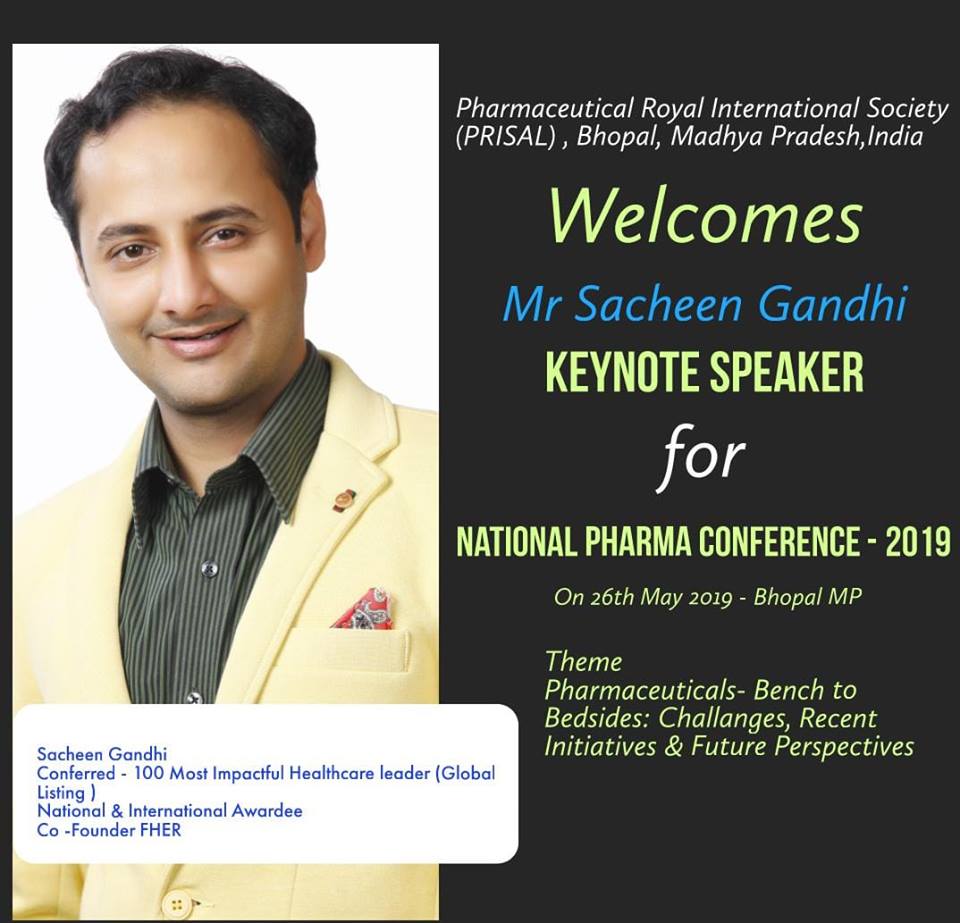

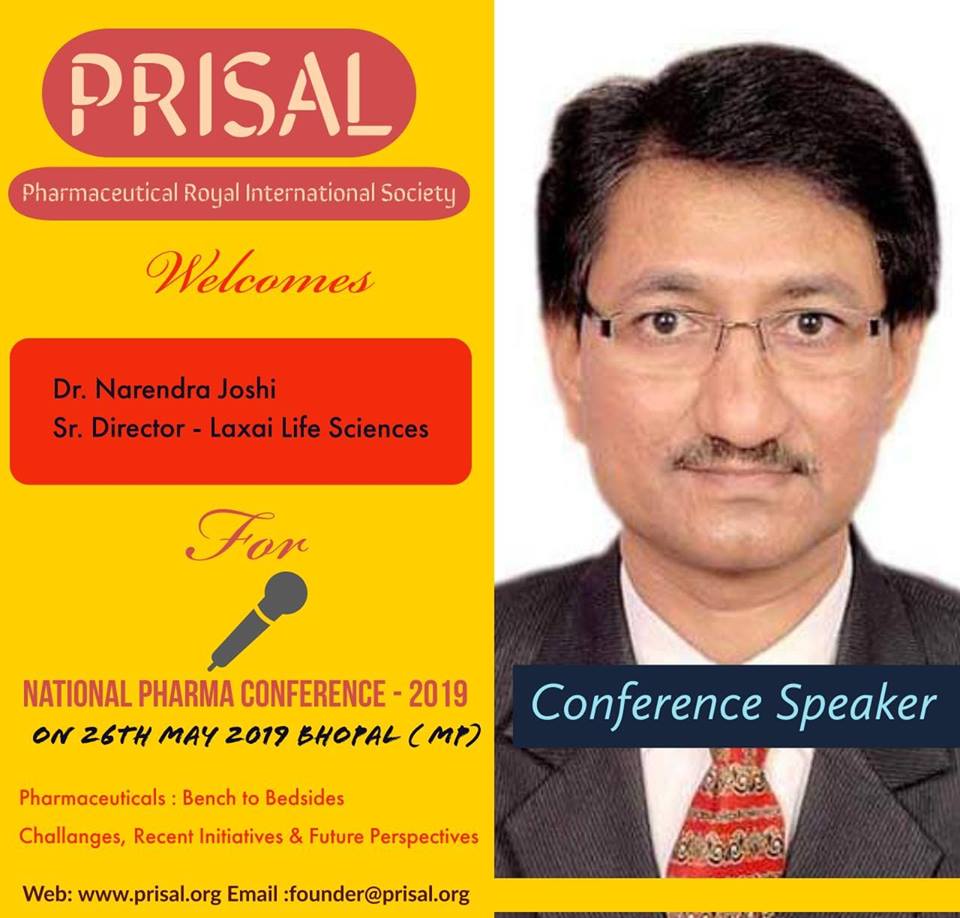




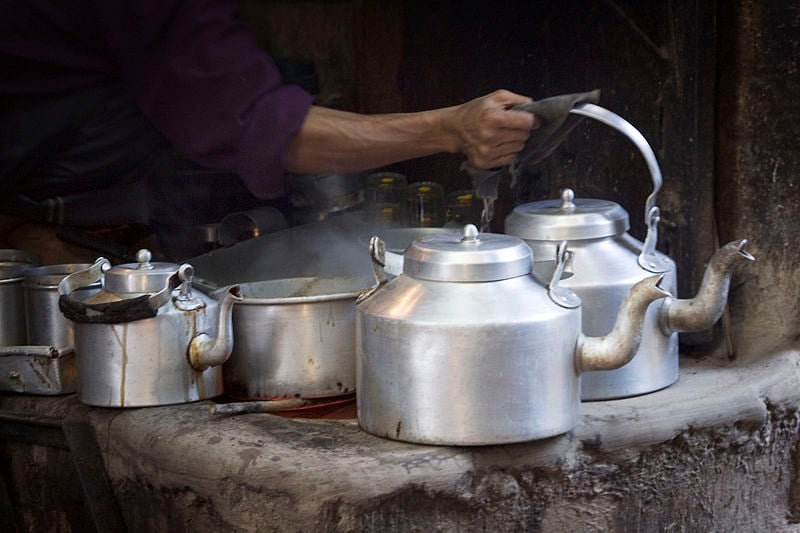


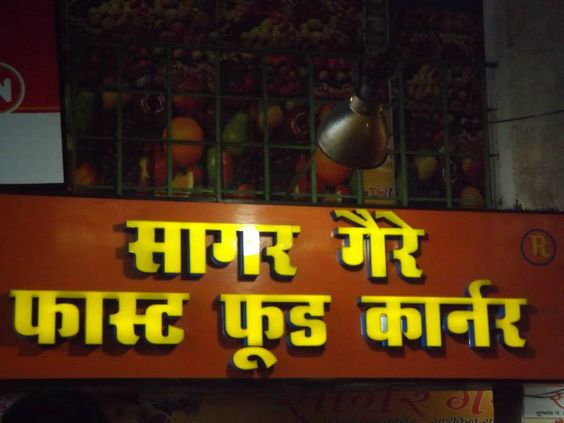
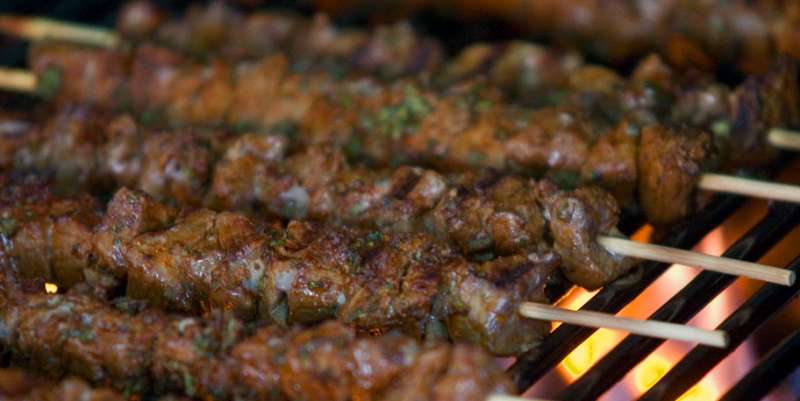


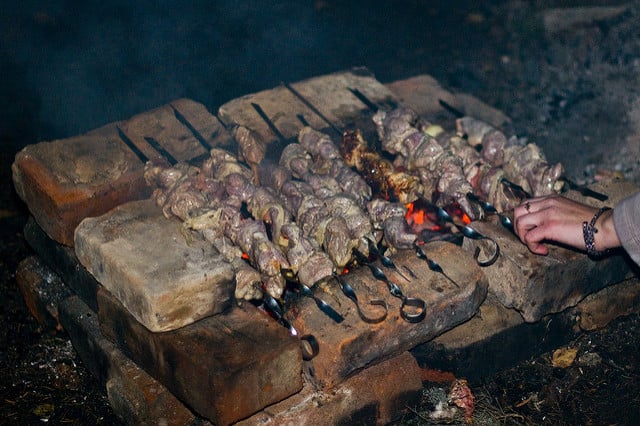

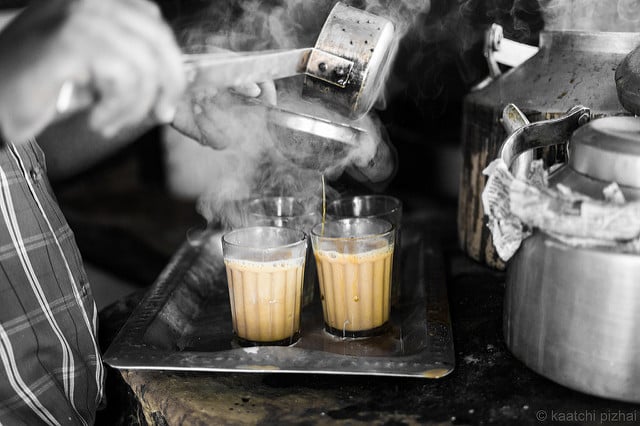
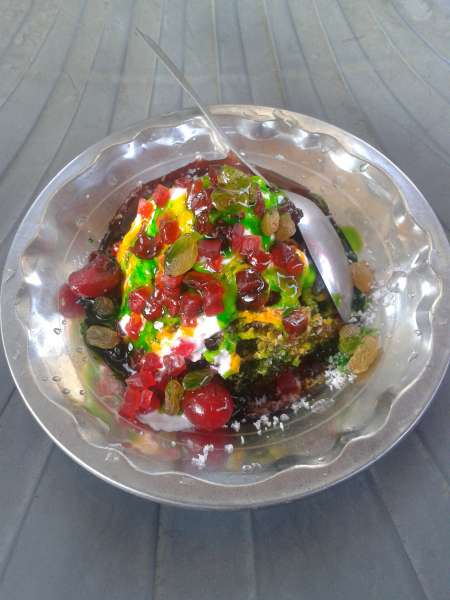
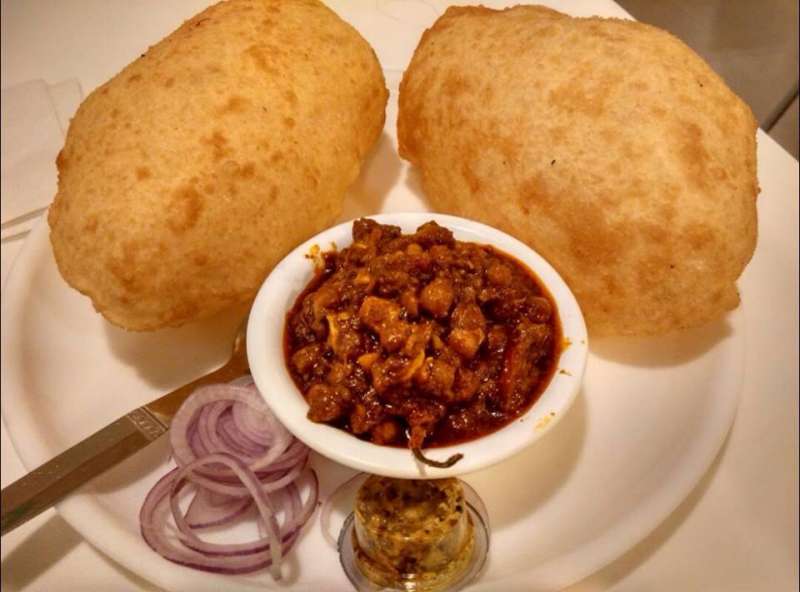
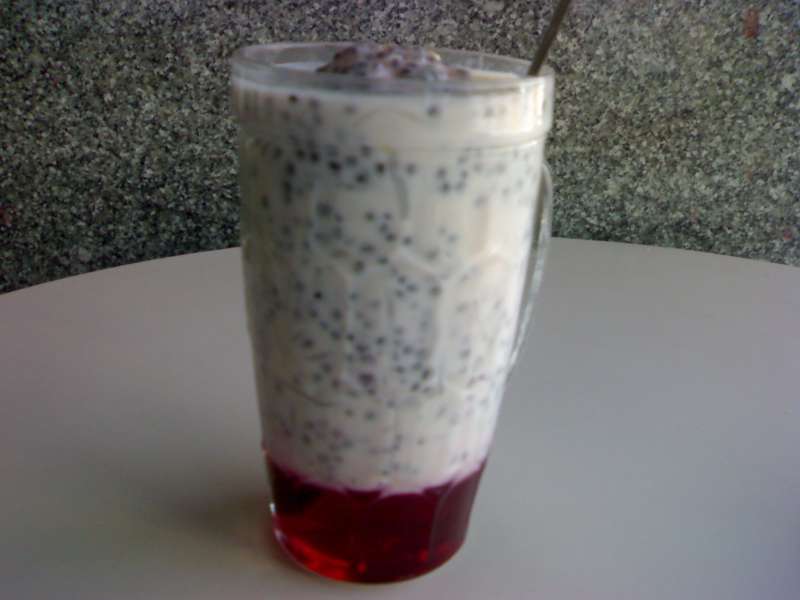
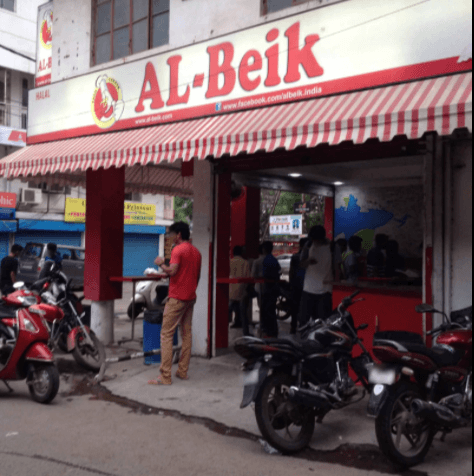


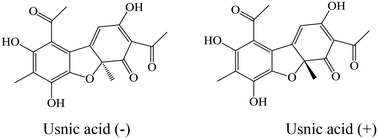
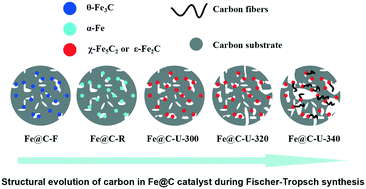

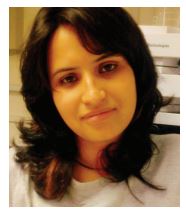
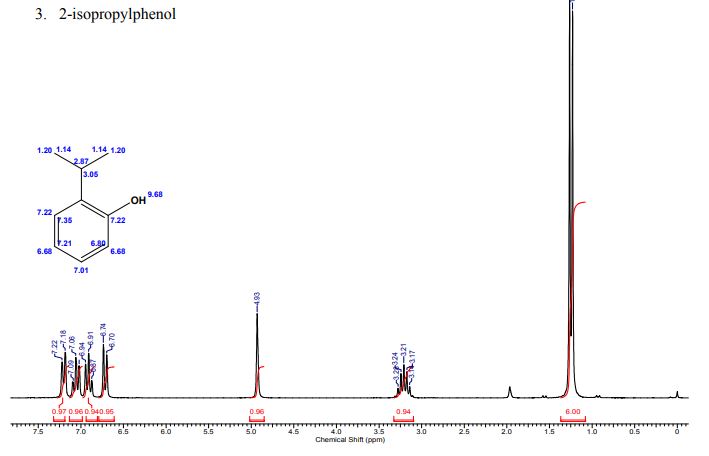
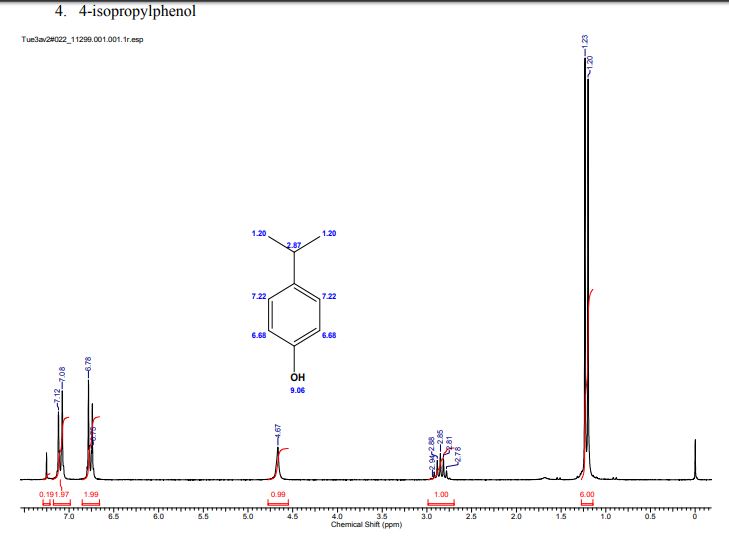




 READ
READ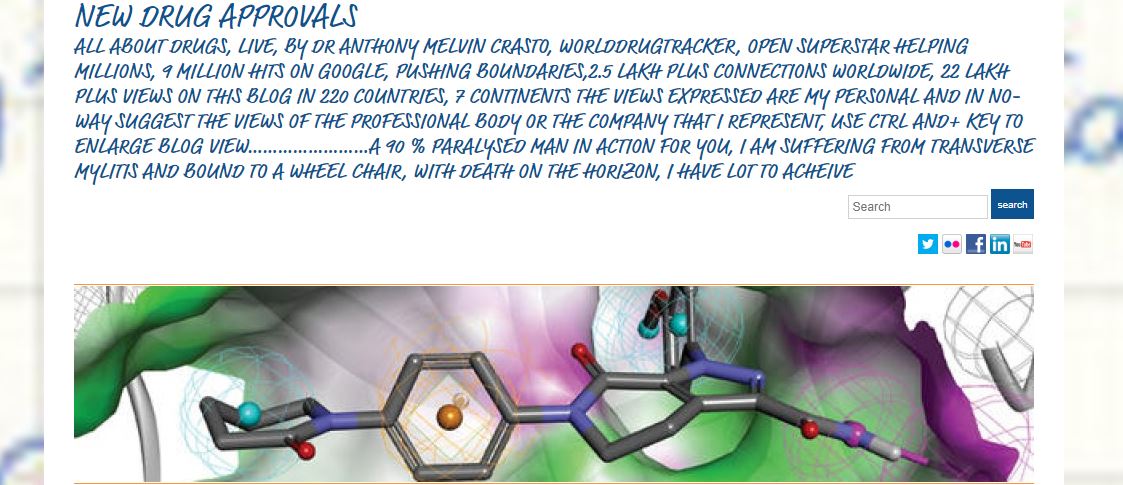
 DRUG APPROVALS BY DR ANTHONY MELVIN CRASTO …..
DRUG APPROVALS BY DR ANTHONY MELVIN CRASTO …..


